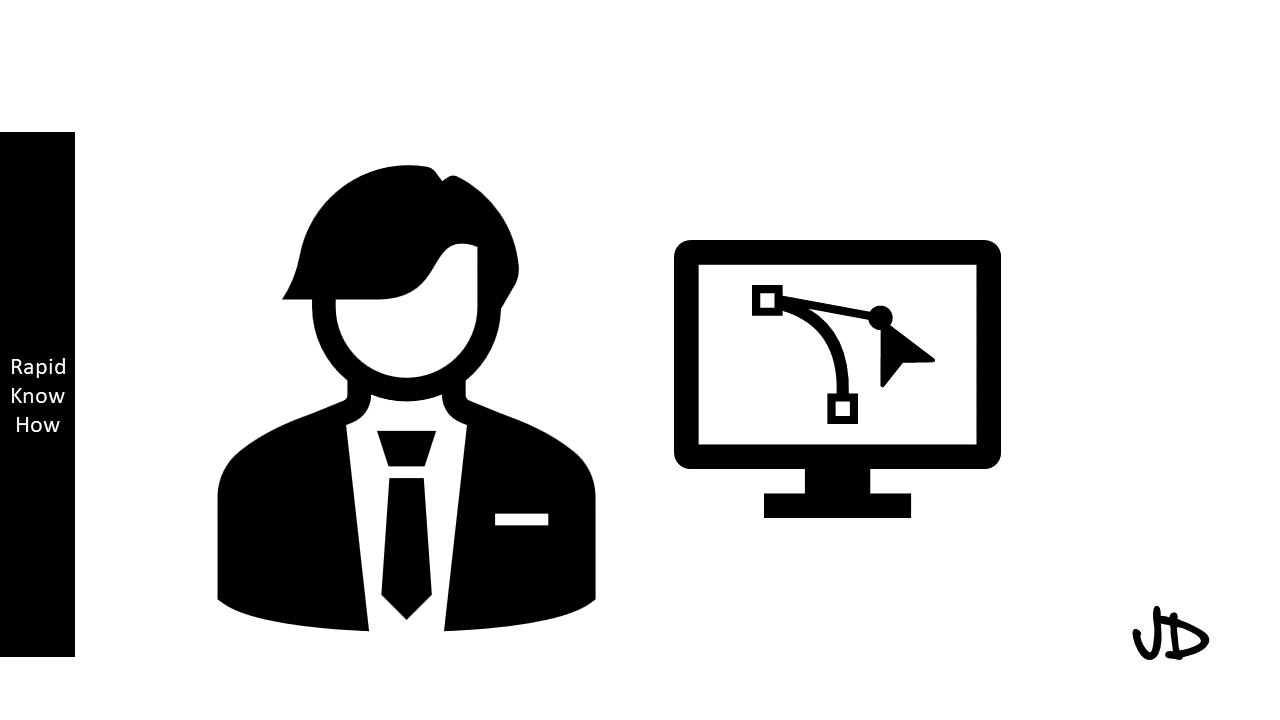The rapid problem-solving sector is focused on finding efficient and effective solutions to complex problems in a timely manner. Innovation in this sector is driven by the need to address challenges quickly and adapt to rapidly changing environments. Here are some key areas of innovation in the rapid problem-solving sector:
1. Design Thinking: Design thinking is an innovative problem-solving approach that emphasizes empathy, collaboration, and experimentation. It involves understanding the needs and perspectives of users, generating creative ideas, prototyping solutions, and iterating based on feedback. Design thinking helps teams approach problems from a human-centered perspective and encourages innovative solutions.
2. Agile Methodologies: Agile methodologies, such as Scrum and Kanban, have revolutionized project management and problem-solving processes. These methodologies promote iterative and incremental development, allowing teams to quickly adapt to changing requirements and deliver value in short cycles. Agile methodologies foster collaboration, transparency, and continuous improvement, enabling rapid problem-solving and innovation.
3. Lean Problem-Solving: Lean problem-solving methodologies, inspired by lean manufacturing principles, focus on eliminating waste and maximizing value. Lean problem-solving involves identifying and eliminating non-value-added activities, streamlining processes, and continuously improving efficiency. By eliminating waste and optimizing resources, lean problem-solving enables rapid problem resolution.
4. Data-Driven Decision Making: The availability of vast amounts of data and advancements in analytics have transformed problem-solving approaches. Data-driven decision making involves collecting, analyzing, and interpreting data to gain insights and inform problem-solving strategies. By leveraging data, teams can make informed decisions quickly and identify innovative solutions based on evidence.
5. Rapid Prototyping: Rapid prototyping involves quickly creating tangible representations of potential solutions to test and validate ideas. This approach allows teams to gather feedback early in the problem-solving process, iterate on designs, and refine solutions rapidly. Rapid prototyping reduces the time and cost associated with developing fully functional solutions, enabling faster problem-solving and innovation.
6. Collaborative Problem-Solving: Collaboration is a key driver of innovation in the rapid problem-solving sector. Collaborative problem-solving involves bringing together diverse perspectives, expertise, and skills to collectively address complex challenges. Collaborative problem-solving methods, such as brainstorming sessions, workshops, and cross-functional teams, foster creativity, knowledge sharing, and innovative solutions.
7. Technology-enabled Solutions: Technology plays a crucial role in enabling rapid problem-solving and innovation. Advancements in artificial intelligence, machine learning, automation, and robotics have automated repetitive tasks, enhanced decision-making processes, and accelerated problem-solving. Technology-enabled solutions, such as predictive analytics, intelligent algorithms, and virtual collaboration tools, enable teams to solve problems faster and more efficiently.
8. Continuous Learning and Improvement: Rapid problem-solving requires a culture of continuous learning and improvement. Organizations that foster a learning mindset encourage experimentation, embrace failure as an opportunity for growth, and promote knowledge sharing. Continuous learning and improvement enable teams to adapt quickly, learn from past experiences, and innovate in problem-solving approaches.
9. Crisis Management and Resilience: The ability to effectively manage crises and navigate through challenging situations is crucial in the rapid problem-solving sector. Innovative approaches to crisis management involve proactive planning, scenario analysis, and the development of resilient strategies. By anticipating potential challenges and having contingency plans in place, organizations can respond rapidly and effectively to unexpected problems.
10. Customer-Centric Problem-Solving: Customer-centric problem-solving focuses on understanding and addressing the needs and pain points of customers. By involving customers in the problem-solving process through feedback, co-creation, and user testing, organizations can develop innovative solutions that meet customer expectations. Customer-centric problem-solving ensures that solutions are relevant, valuable, and quickly adopted.
Innovation in the rapid problem-solving sector is driven by the need for agility, efficiency, and effectiveness in addressing complex challenges. By embracing these innovations, organizations can enhance their problem-solving capabilities, drive innovation, and stay competitive in rapidly changing environments.
